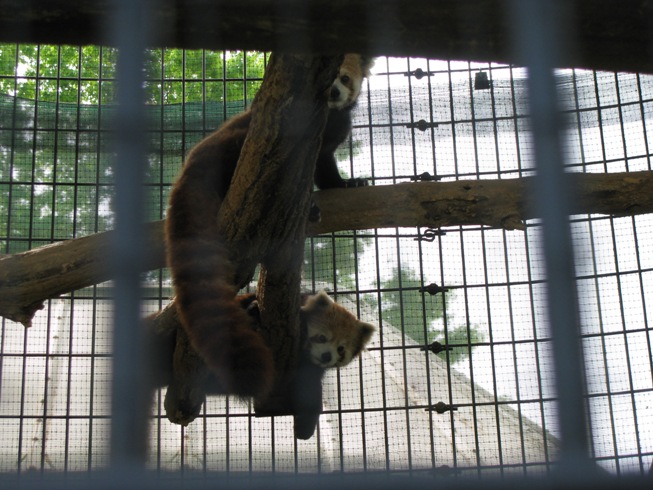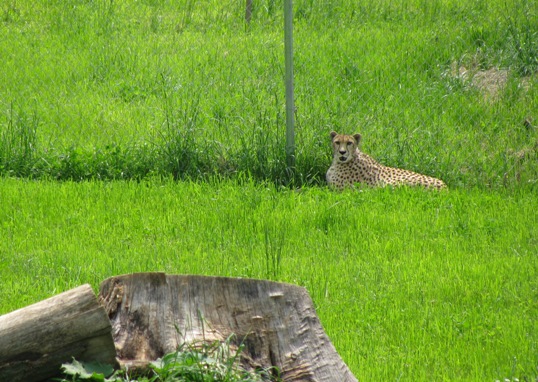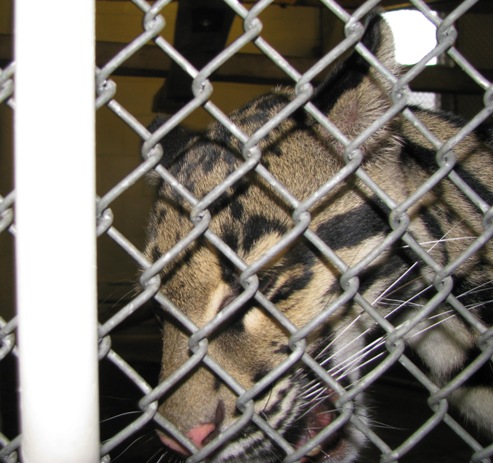National Zoo’s Conservation Research Center
 The Smithsonian National Zoological Park in Washington D.C.’s gorgeous Rock Creek Park is renowned as one of the most diverse and most visited zoos in the country, welcoming more than two million visitors each year (for free – that’s right, $0!). But the largely unknown gem of the place isn’t in downtown D.C., but rather 70 miles east in Front Royal, Virginia, at the edge of Shenandoah National Park: the Conservation Research Center.
The Smithsonian National Zoological Park in Washington D.C.’s gorgeous Rock Creek Park is renowned as one of the most diverse and most visited zoos in the country, welcoming more than two million visitors each year (for free – that’s right, $0!). But the largely unknown gem of the place isn’t in downtown D.C., but rather 70 miles east in Front Royal, Virginia, at the edge of Shenandoah National Park: the Conservation Research Center.
Although the CRC is closed to the general public (except for two days per year), I got a chance to tour the 3,200-acre facility last week with a group of Congressional staff, scientists and non-profit folks. The CRC houses some 30 scientists, which, according to the Zoo’s Acting Director Steve Monfort, is ten times as many as most zoos and aquariums. The scientists and keepers at the CRC deal mostly in conservation, using Species Survival Plans to coordinate captive breeding and restoration of endangered species.
 Monfort himself gave us a guided tour of the expansive facility, explaining the problem of population crashes and bottlenecks as he showed us their red pandas, above. (Which hands-down rival giant pandas in the cuteness category. I’m just saying.) He said that species survival plans assign priority to breeding animals based on their relatedness to other animals in the captive population. For animals like the Przewalski’s Horse, whose populations crashed to only 14 individuals, the goal is to propagate as much of those founding animals’ genetic material as possible.
Monfort himself gave us a guided tour of the expansive facility, explaining the problem of population crashes and bottlenecks as he showed us their red pandas, above. (Which hands-down rival giant pandas in the cuteness category. I’m just saying.) He said that species survival plans assign priority to breeding animals based on their relatedness to other animals in the captive population. For animals like the Przewalski’s Horse, whose populations crashed to only 14 individuals, the goal is to propagate as much of those founding animals’ genetic material as possible.
“You want to have ever founder represented in every generation from then on,” Monfort said. “Which is very, very tough.”
Tough, like in the case of cheetahs, which suffered their own non-human-induced population bottleneck some 1000 years ago. Craig Saffoe, the head cheetah breeder at the National Zoo, said the cheetahs are picky and if one doesn’t  like the other, there’s very little the breeders can do to get them to mate. So in some instances, the top priority animals just don’t get bred together.
like the other, there’s very little the breeders can do to get them to mate. So in some instances, the top priority animals just don’t get bred together.
But one success story has had Washingtonians cooing and making baby noises at their newspapers or computer monitors: the birth of two baby clouded leopards in March. Although our tour didn’t include the fragile cubs, we did get to meet their parents, who are just as enthralling. And that’s their purpose, really: to inspire. As Monfort puts it: “We want to inspire people with the National Zoo so they will get involved in conservation.”
No matter what your opinion about zoos, without them, many animal species – Przewalski’s horses and black-footed ferrets among them – would now be extinct.